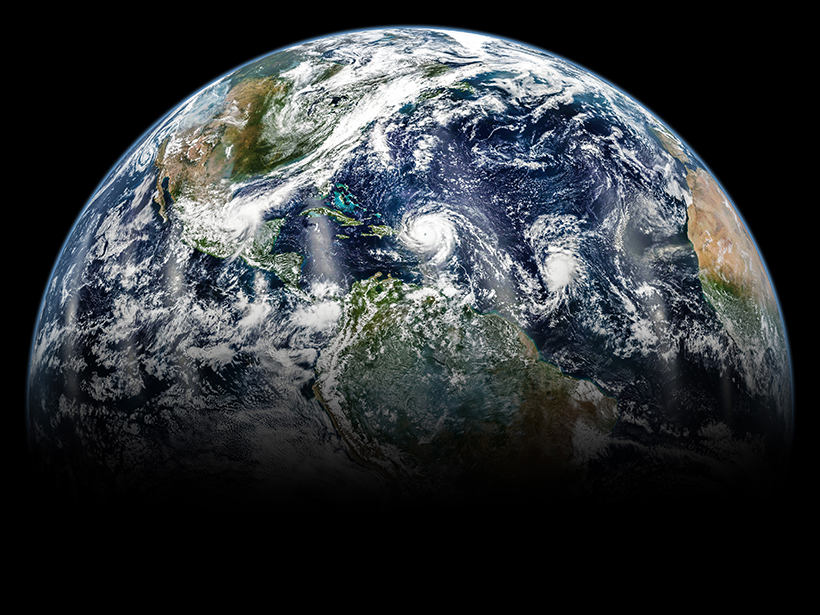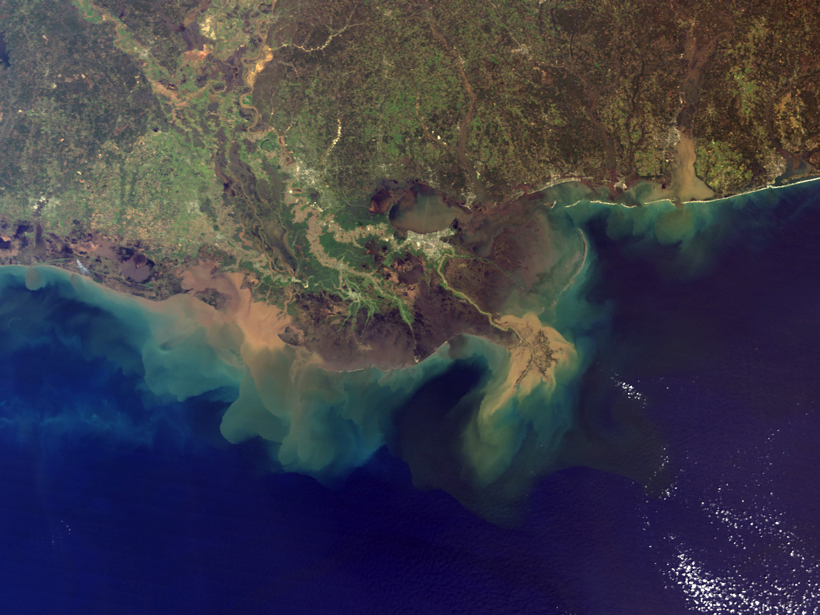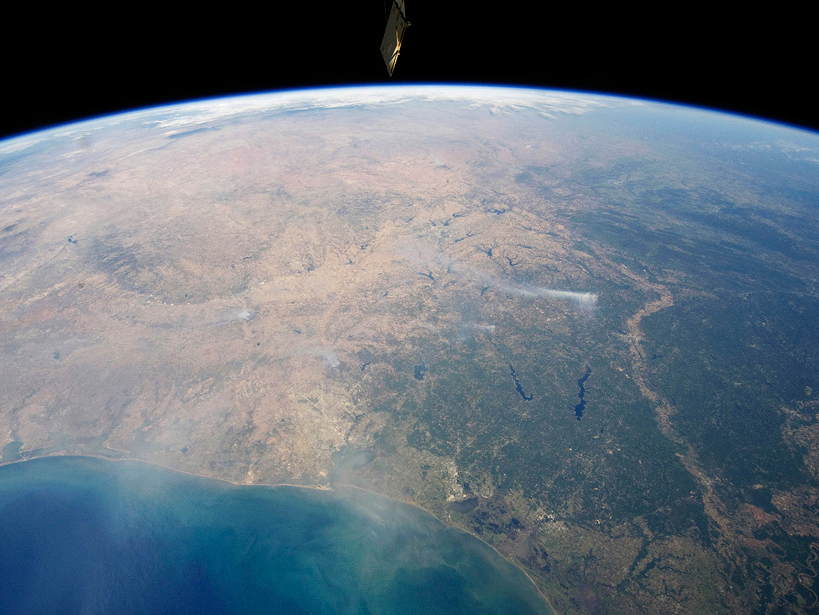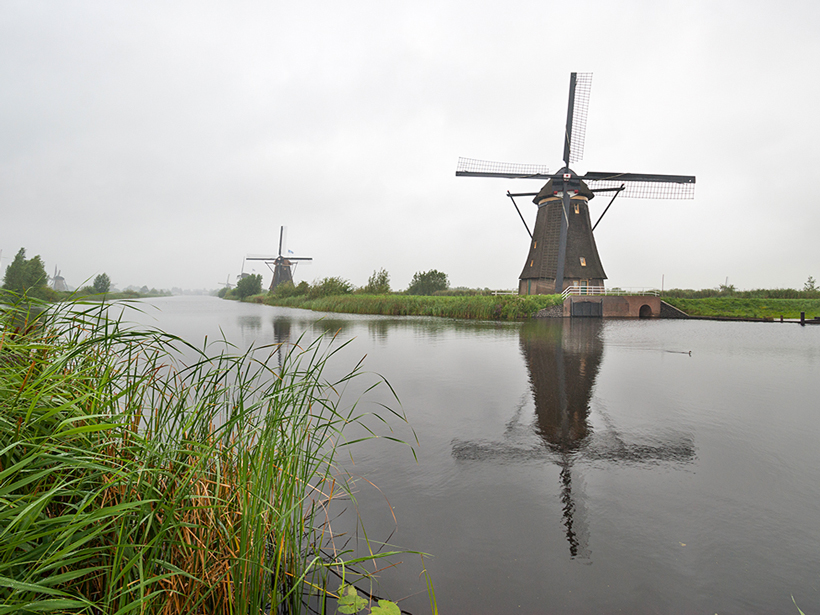In the first global assessment of its kind, researchers discovered that coral recruitment is declining globally and throughout the tropics while increasing in the subtropics.
geography
Finding Sources of Uncertainty in the Spatial Pattern of Warming
The planet is heating up, but uncertainty still exists about how temperatures will change in specific regions. A new study examines sources of uncertainty in the meridional pattern of warming.
Next Olympics Marathon Course Has Dangerous “Hot Spots” for Spectators
Spectators’ health may be jeopardized by high heat loads along the 2020 Olympics marathon course in Tokyo, a bicycle-mounted meteorological survey found.
Algorithm Discerns Where Tweets Came from to Track Disasters
New pilot system that analyzed more than 35 million flood-related Twitter posts to determine their geographic origin might help first responders locate and react more quickly to calamities.
What Proportion of River Nutrients Reaches the Open Sea?
Results of the first geographically based estimates of river nutrient supply indicate that 75% of dissolved nitrogen and 80% of phosphorus reach the open ocean.
Earth's Ground Heat Flux Should Not Be Overlooked
Scientists compare models of how much heat Earth's surface gives off and absorbs from the atmosphere.
Glacial Meltwater Features Depend on Glacier Type and Location
With climate change, some glaciers will melt faster than others, altering the proportions of nutrients in meltwater and changing downstream ecosystems.
Teaching the Integration of Geography and Atmospheric Sciences
Atmospheric scientists spent a decade incorporating geographic information systems into their research and operations. Now it is time to incorporate GIS into atmospheric science education.
Guidelines Updated for Field Trip Guidebooks
A geoscience organization recently revised guidelines for preparing the field trip guidebooks and updated its online searchable database for the guides.
Floods Fail in War, Win as Weapon Against Sea Level Rise
A historical look at flooding used as a war strategy in the Netherlands found that the tactic often failed but, in the long run, has helped to protect the land against future floods and sea level rise.









